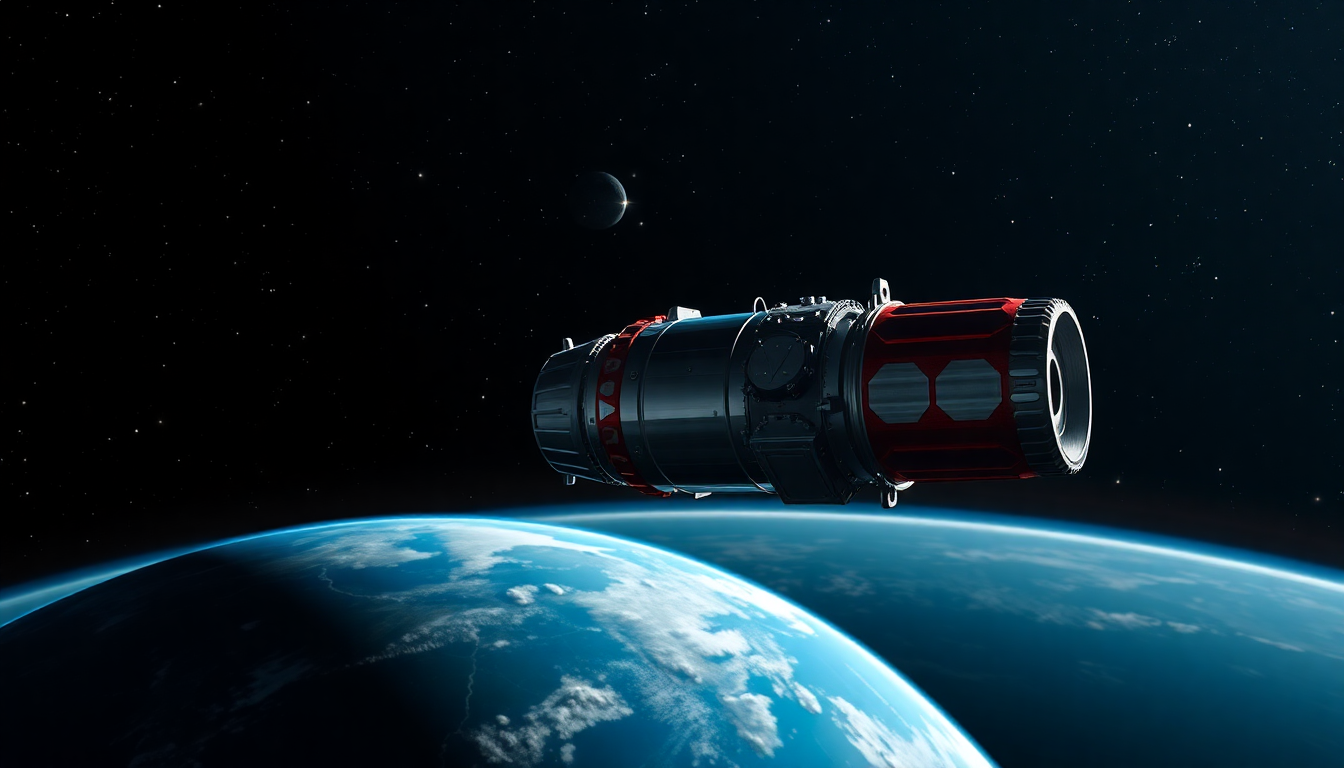Table of Contents
China’s space exploration ambitions have just taken a giant leap forward with the recent launch of the Tianwen-2 spacecraft. Launched on May 29, this remarkable spacecraft is already sending back stunning images from its journey, showcasing the cutting-edge capabilities of China’s space technology. As the nation gears up for future lunar missions, these advancements highlight the importance of careful planning and innovative testing.
First Images from the Tianwen-2 Spacecraft
According to the China National Space Administration (CNSA), the Tianwen-2 spacecraft snapped its first images in orbit just a day after its launch. Imagine capturing a photo of Earth from a staggering distance of 590,000 kilometers! That’s exactly what the spacecraft did with its narrow field-of-view navigation sensor. And it didn’t stop there; shortly after, it also managed to photograph the moon from over 12 million kilometers away, proving its operational capabilities.
The successful capture of these images not only showcases the technical prowess behind the Tianwen-2 mission but also marks a significant step toward future lunar exploration. These images are more than just pretty pictures; they provide crucial data for scientists and engineers analyzing the spacecraft’s performance in space. Isn’t it fascinating how images can help shape our understanding of the universe?
Innovative Lunar Terrain Tests by Researchers
Meanwhile, researchers in northeastern China are busy conducting exciting tests to prepare for lunar exploration. Eight universities have joined forces to experiment with autonomous robots in underground lava caves. Why lava caves, you ask? These unique environments simulate the challenging terrain that robots might encounter during future moon missions.
The use of lava caves as a testing ground is particularly insightful, mirroring the lunar surface’s rugged and unpredictable nature. By studying how these robots navigate such complex environments, researchers aim to enhance the design and functionality of equipment for actual lunar missions. This level of preparation shows China’s commitment to making sure their future lunar explorations are as successful as possible. How cool is that?
Future Implications of the Tianwen-2 Mission
The successful launch and operation of the Tianwen-2 spacecraft do more than just represent a major achievement for China; they also contribute to our global understanding of space exploration. As countries around the world ramp up their space programs, the data collected from missions like Tianwen-2 will offer valuable insights into planetary science and tech development.
Looking ahead, the success of the Tianwen-2 mission could set the stage for even more ambitious projects, including crewed lunar missions and potential explorations of Mars. With ongoing advancements in technology and research, the future of space exploration looks bright, revealing just how much is possible beyond our planet. Are you ready to see where the journey takes us next?


